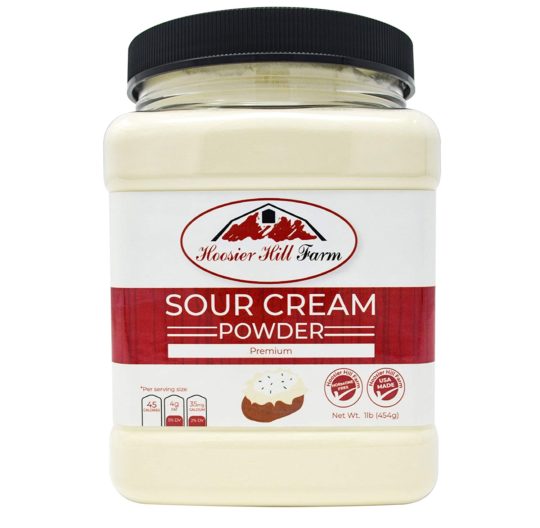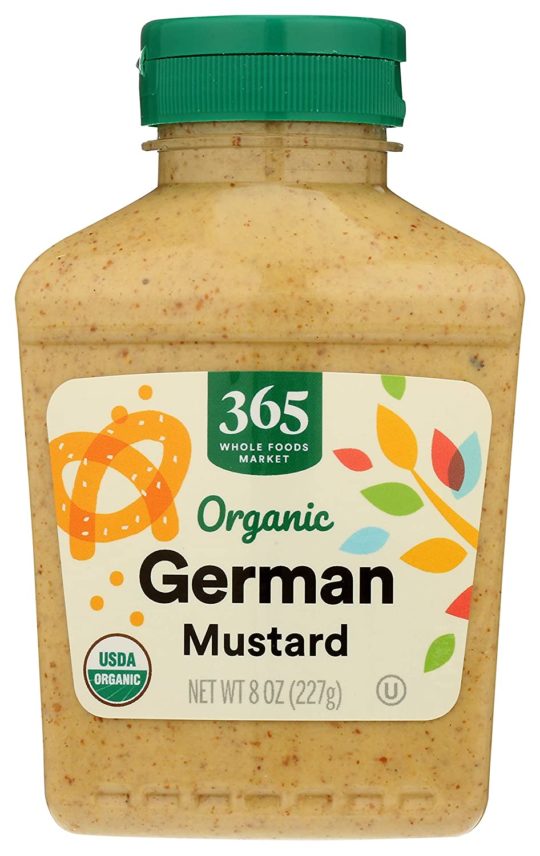Updated on April 9th, 2023
Due to its versatility and unique flavor, it can be used to enhance flavors greatly in many recipes, and today, it’s used for everything from bread, sandwiches, and burgers to dips, rolls, and tacos. It is quite obviously becoming more and more of all-purpose seasoning.
Mayo is a staple ingredient in the pantries of many homes, maybe even yours too. Still, it’s possible to run out of mayo one day and not realize it until you’re right in the middle of whipping up one of your recipes. You could also reduce your calorie intake and maintain a healthier diet.
If this is the case, we have suggested some feasible replacement options for mayonnaise in your recipes. These options might vary fundamentally, but this is not necessarily a disadvantage if you love experimenting with new tastes. Please keep reading to get familiar with these substitutes and properly introduce them into your recipes.
Mayo Nutrition Facts

What is Mayo?
Mayonnaise, popularly called mayo for short, is a thick, creamy sauce or dressing often used on sandwiches, hamburgers, salads, and French fries. It was known as Salsa mayonesa (in Spain) and was used as a dip before becoming a famous fast-food component. And spread from Spain to France and other countries and is also thought to come from the French term more, which signifies egg yolk.
Mayonnaise is a flavored emulsion made out of oil, egg yolks, and an acid such as vinegar or lemon juice. The color ranges from near-white to pale yellow, and the texture varies from light cream to thick gel.
Mayonnaise is a widely used condiment that may also make a variety of cold sauces and salad dressings. Sauce rémoulade, for example, is a blend of mayonnaise and mustard, gherkins, capers, parsley, chervil, tarragon, and maybe anchovy essence in classic French cuisine. Commercial imitations are available for vegans, vegetarians, and those who avoid chicken eggs or dietary cholesterol, as well as people with egg allergies.
Uses of Mayo in Recipes
Mayonnaise is a white, creamy ingredient that, as we all know, is used to make appetizers like burgers, sandwiches, salads, cupcakes, and dips. Traditional mayonnaise is made using egg yolks, oil, and vinegar. Mustard and spices enhance the flavor and may be added to any dish to instantly improve and liven it up.
Mayonnaise can be used in various ways to improve the flavor of your cuisine. Mayonnaise is a unique blend of sweet and salty flavors that beat cheese and butter. It improves the flavor of raw vegetables. Thus, it’s used in salads, and it also makes rolls and wraps taste better and adds richness to burgers, buns, and bread bases.
Some recipes in which mayonnaise is popularly used include the following:
- Devilled eggs
- Creamy pasta salad
- Grilled cheese
- Egg mayo sandwich
- Chicken mayo sandwich
- Creamy corn salad
- Creamy cucumber and onion salad
- Quick chicken divan
- Mayonnaise and steak sauce
- Cheesy stuffed chicken shells
- Parmigiano-stuffed mushrooms
- Stuffed chicken breast
- Salmon patties
- Shrimp taco sauce
- Tuna noodle casserole
- Creamy tuna pasta salad
- Tomato salad
Substitutes for Mayo
Mayonnaise is a common culinary essential made from egg yolks, vinegar, oil, and seasonings.
Its creamy, tangy flavor complements sandwiches, wraps, salads, sauces, and dips. For a good reason, most people looking to enhance the flavor of quick recipes turn to mayonnaise.
If you’re trying to save calories or cut eggs out of your diet, you might be interested in substitute options with which you can replace mayonnaise in recipes. We have outlined several great options for you, such that you won’t notice much of a difference in the end products.
Try out these substitutes for mayonnaise:
Olive Oil

Olive oil is known for its health-promoting characteristics due to its high content of beneficial unsaturated fats. Surprisingly, some research suggests that olive oil may help to reduce inflammation, improve heart health, and protect against some cancers.
It can also be used as a healthy, vegan-friendly substitute for mayonnaise in many recipes and cuisines. For example, one tablespoon (13.5 grams) of olive oil typically includes:
- 119 calories, and.
- 13.5 grams of fat.
- 13% of the daily value for Vitamin E.
- 7% of the daily value for vitamin K.
Remember that using olive oil for mayonnaise in recipes may result in a different taste and texture. It can, however, help you increase your consumption of healthy fats, and it’s a good choice for pasta salad, dips, salad dressings, and sauces.
Sour Cream

Almost any recipe that calls for mayonnaise can benefit from sour cream. It also includes trace levels of various vitamins and minerals, including vitamin A, riboflavin, and vitamin B12.
The following ingredients are found in two tablespoons (30 grams) of sour cream: 59 calories, 1 gram protein, 6 grams of fat, 1.5 grams of carbohydrates, 4% of the daily value for vitamin A and riboflavin, 3% of the daily dose of vitamin B12, 2% of the recommended daily intake of calcium, and 2% of the daily value of phosphorus.
Substitute an equivalent amount of sour cream for mayonnaise in recipes that call for it.
To lend a refreshing flavor to your favorite meals, try adding it to salads, dips, sandwiches, and spreads.
Mustard

Mustard is a low-calorie substitute for mayonnaise in wraps and sandwiches. In reality, mustard has less than 10% of the calories in mayonnaise in a single serving, so it’s a great option for people looking to cut calorie intake considerably. For example, a tablespoon (15 grams) of mustard contains nine calories, 0.5 grams of protein, 0.5 grams of fat, and 1 gram of carbohydrates.
Salads and sandwiches can benefit from the sweet and tangy flavor of the honeyed variety of mustard. On the other hand, Dijon mustard is spicier and bolder, making it a better choice for some other recipes. You can also try various mustard varieties, such as yellow, French, or spicy brown mustard.
Frequently Asked Questions (FAQs)
What is a non-dairy substitute for the mayonnaise?
Soy milk is the best-preferred option when preparing vegan mayo due toitse similar consistencycompared toh cow’s milk, which is also used to make mayo in Spain. Soy milk also functions as an emulsifier.
Can tahini replace mayo?
You can use straight raw tahini out of the jar or purée a bit with some garlic, lemon juice, and black pepper to produce a tahini mayo substitute, which is how many people love it as a dressing.
Is mayo made with milk?
Eggs, oil, and some form of acid, commonly vinegar or lemon juice, are emulsified to make mayonnaise. Mayonnaise does not have any actual milk product, and ass such, there’s no dairy contained in it.
Conclusion
There are many excellent mayonnaise replacements available to choose from, whether you’ve just run out of mayonnaise in your pantry or you’re trying to cut your calorie intake considerably.
Consider experimenting with one of our suggested replacement options to give your favorite meals a mayo-free twist. We’re positive that you’ll love the difference.
